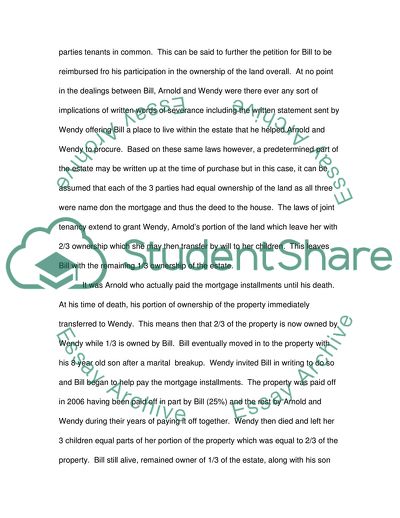Cite this document
(Property Law in Practice Case Study Example | Topics and Well Written Essays - 2250 words, n.d.)
Property Law in Practice Case Study Example | Topics and Well Written Essays - 2250 words. Retrieved from https://studentshare.org/law/1719461-law-of-property-co-ownership
Property Law in Practice Case Study Example | Topics and Well Written Essays - 2250 words. Retrieved from https://studentshare.org/law/1719461-law-of-property-co-ownership
(Property Law in Practice Case Study Example | Topics and Well Written Essays - 2250 Words)
Property Law in Practice Case Study Example | Topics and Well Written Essays - 2250 Words. https://studentshare.org/law/1719461-law-of-property-co-ownership.
Property Law in Practice Case Study Example | Topics and Well Written Essays - 2250 Words. https://studentshare.org/law/1719461-law-of-property-co-ownership.
“Property Law in Practice Case Study Example | Topics and Well Written Essays - 2250 Words”. https://studentshare.org/law/1719461-law-of-property-co-ownership.


